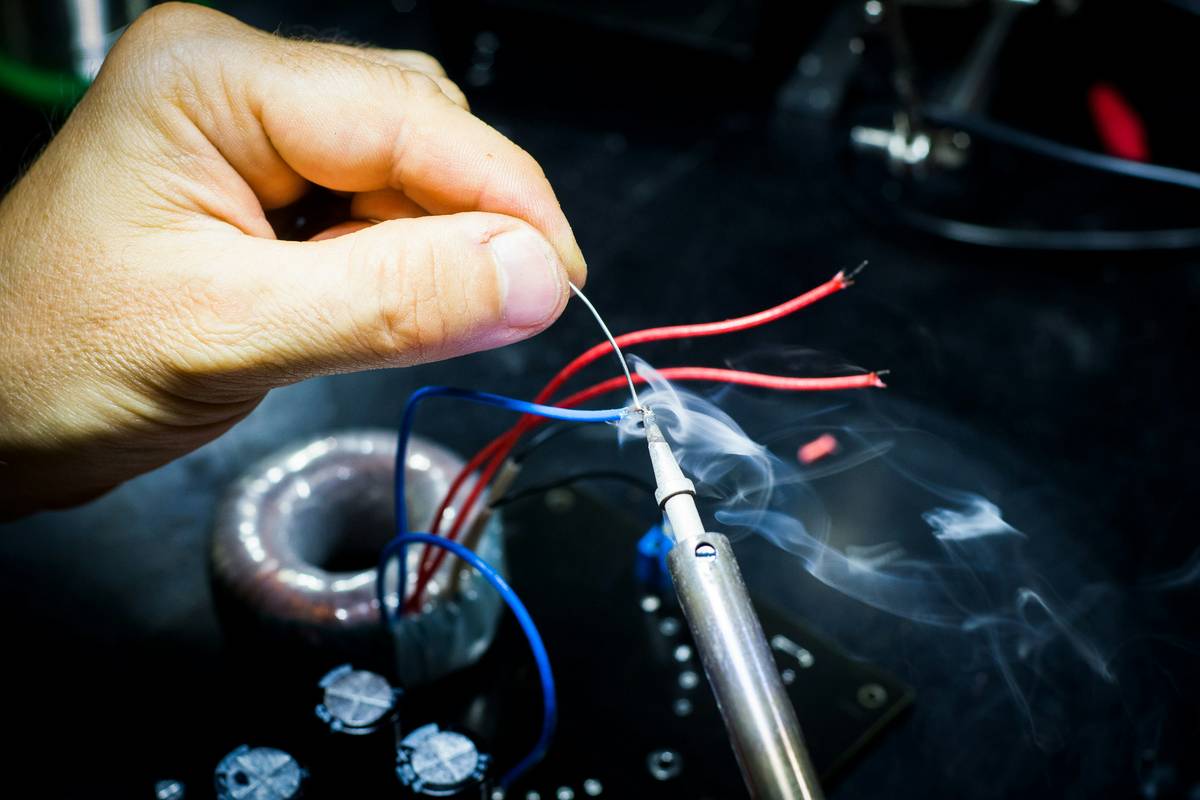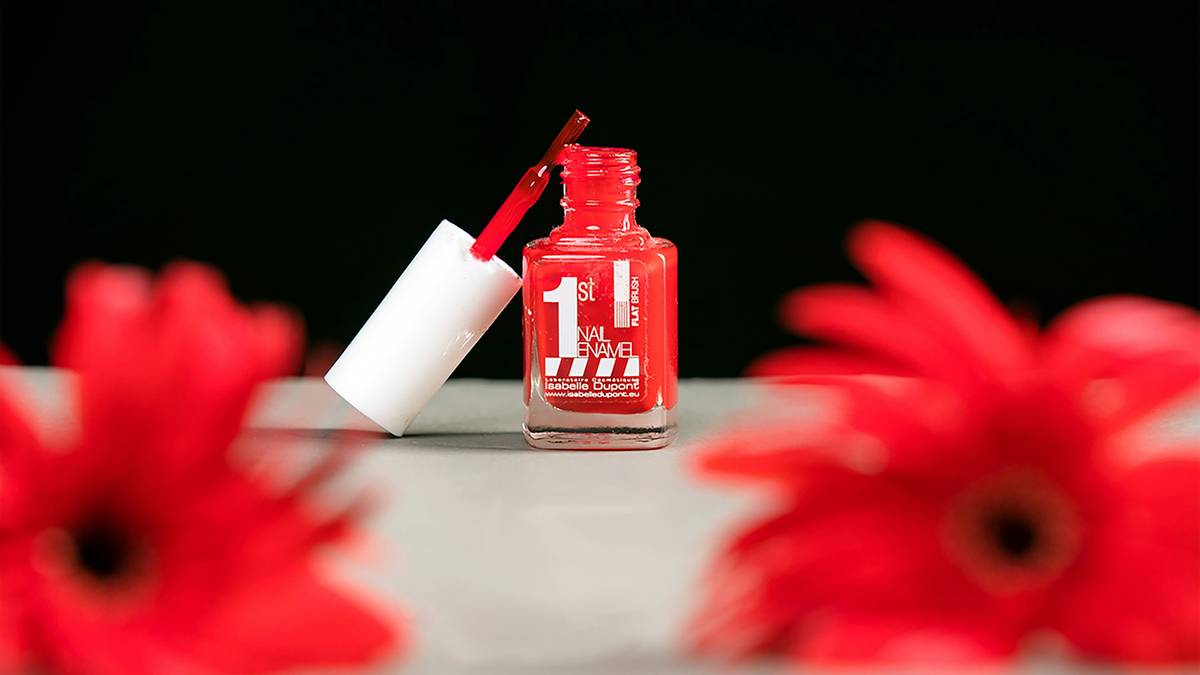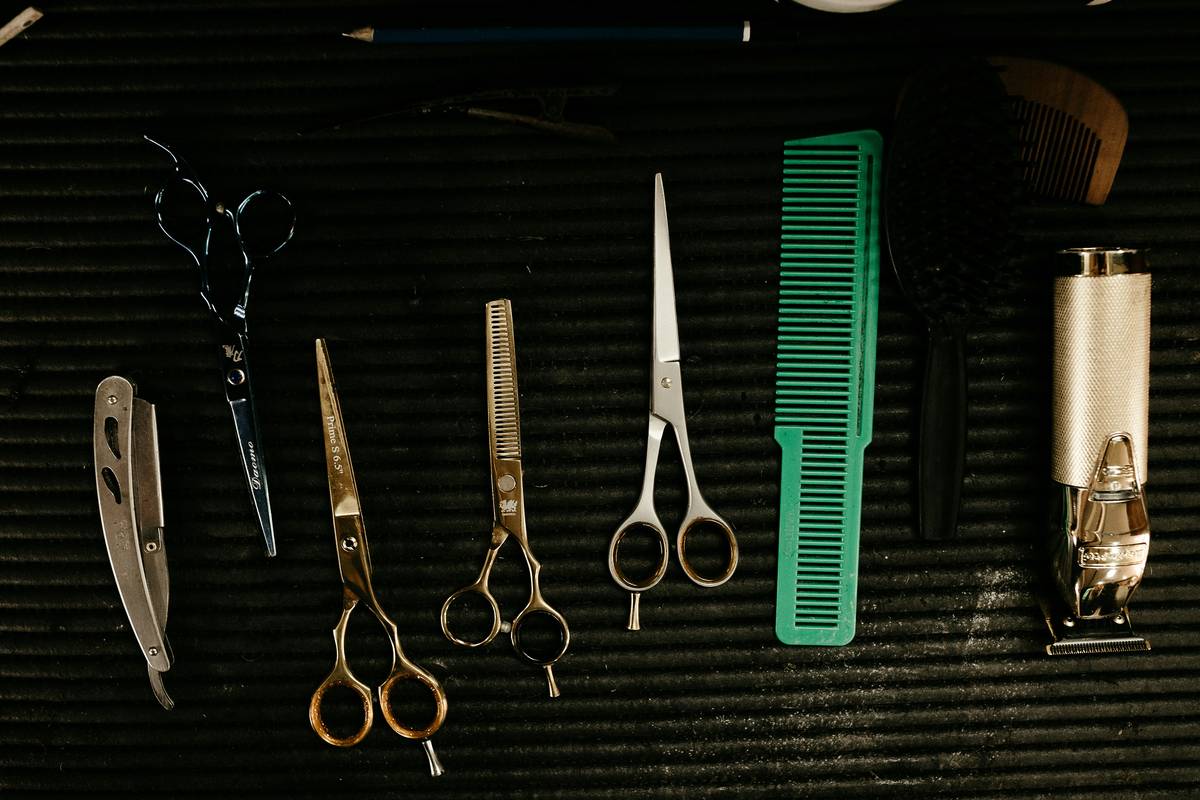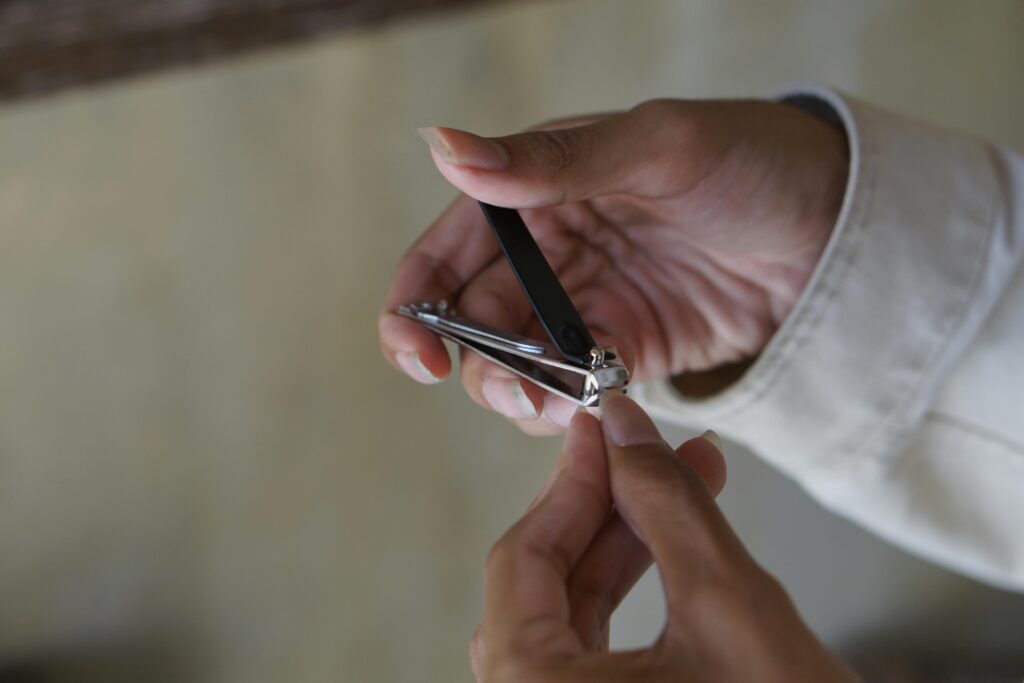Ever spent 20 minutes trying to trim your nails, only to end up with jagged edges because your clippers are dull? Yeah, we’ve been there too. It’s frustrating when something as simple as a nail clipper fails you at the worst moment. But here’s the kicker—it’s not just about replacing them every few months; it’s about knowing how to properly maintain them so they stay sharp and hygienic.
In this guide, we’ll cover everything from why clipper upkeep matters to actionable steps on keeping yours in top shape. You’ll learn about cleaning routines, sharpening techniques, storage tips, and even a rant about cheap knockoffs that barely last two uses (ugh). Let’s get clipping!
Table of Contents
- Why Clipper Upkeep Matters
- Step-by-Step Guide to Clipper Upkeep
- Best Practices for Clipper Care
- Examples and Case Studies
- FAQs About Clipper Upkeep
- Conclusion
Key Takeaways
- Regular clipper upkeep ensures cleaner cuts and prevents infections.
- Proper cleaning and disinfecting extend the lifespan of your tools.
- Avoid cheap imitations—they’re more hassle than they’re worth.
- Sharpening isn’t optional if you want precision trims.
- Store your clippers correctly to avoid rust and damage.
Why Clipper Upkeep Matters
If I told you my biggest beauty disaster was using a dirty pair of clippers after dropping them on the bathroom floor… would you believe me? True story. Not only did I ruin my manicure, but I also gave myself an infection that took weeks to heal. Lesson learned: hygiene is non-negotiable.
Beyond hygiene, well-maintained clippers deliver smoother, faster results. Dull blades can tear instead of cutting cleanly, leading to painful snags. Plus, regular maintenance saves money—you won’t need to replace them as often. Sounds like a win-win, right?

Step-by-Step Guide to Clipper Upkeep
Step 1: Cleaning After Every Use
Optimist You: “A quick wipe-down will do!”
Grumpy You: “Only if you actually *clean* it properly.”
Here’s the deal: After every use, remove any visible debris by brushing or rinsing under warm water. Then dry thoroughly—moisture is the enemy of metal. For extra cleanliness, dip a cotton swab in rubbing alcohol and run it along the blade edges.
Step 2: Disinfect Weekly
Nail salons swear by this step, and so should you. Mix equal parts water and white vinegar, soak the clippers for 5 minutes, then rinse and dry. Alternatively, use a commercial disinfectant spray designed for metal tools.
Step 3: Sharpening When Needed
Not all heroes wear capes—sometimes they wield nail files. If your clippers feel dull, gently rub both sides of the blade against a fine-grit nail file or emery board. Be cautious—not too much pressure, or you’ll damage the edge.
Step 4: Proper Storage
This might sound basic, but trust me, storing clippers in random drawers is asking for trouble. Invest in a small container or pouch to keep them safe from scratches and moisture. Bonus points if it has antibacterial lining!
Best Practices for Clipper Care
- Never Skip Cleaning: Even if you think they look clean, germs hide where you can’t see.
- Invest in Quality: Cheap clippers may save a buck today, but they’ll cost you later—both in performance and replacements.
- Check for Rust Regularly: If you spot rust, it’s time to toss those babies out ASAP. No amount of lemon juice can fix that mess.
- One Terrible Tip: Don’t oil your clippers unless they explicitly state it’s required. Most modern clippers don’t need lubrication and doing so could attract dust.
Examples and Case Studies
Pamela, a professional nail artist, noticed her client complaints dropped by 70% once she implemented a strict clipper-cleaning routine. Before, clients complained about rough edges and occasional nicks. Now, smooth cuts and happy customers are par for the course.

FAQs About Clipper Upkeep
How Often Should I Clean My Nail Clippers?
Ideally, clean them after each use and disinfect weekly.
Can I Use Household Items to Sharpen Clippers?
Yes, but stick to fine-grit materials like sandpaper or emery boards. Avoid using coarse tools that could damage the blade permanently.
What Causes Clippers to Rust?
Moisture exposure is the main culprit. Always ensure your clippers are completely dry before storage.
Conclusion
Maintaining your nail clippers doesn’t have to be complicated, but it does require consistency. By following these steps—regular cleaning, weekly disinfection, occasional sharpening, and smart storage—you’ll enjoy crisp cuts and healthier nails. So next time someone asks you about clipper upkeep, share your newfound wisdom (and maybe a haiku):
Clippers stay sharp, With care and love each day, No jagged edges.


